Commercial lighting design plays a crucial role in enhancing the functionality, aesthetics, and energy efficiency of commercial spaces.
Effective lighting design integrates various elements, such as ambient, task, and accent lighting, while considering energy-saving technologies like LEDs and automated controls.
Whether it’s for offices, retail stores, or industrial facilities, commercial lighting design is essential in optimizing the overall experience and visual appeal, contributing to the success and sustainability of any business environment.
Role of LED Commercial Lighting
The main aim of commercial lighting is to create a safe and efficient environment where people can easily work and collaborate with each other.
A well-lit-up place guides people through the dark streets during the night. Lighting in public places is so effective and efficient.
Therefore, if you have a business and you are considering commercial lights, then you need a whole plan for light setup.
Commercial lighting brings so many benefits to the business and the people around it.
- Commercial light improves the productivity and efficiency of employees.
- It helps both employees and employers work comfortably without any distraction
- It also illuminates your place without wasting much power.
Choosing the Commercial Lighting Design and Key Points to Consider
Make sure that you always choose light fixtures depending on the light needs and effects you want in one space.
Here we have some examples of light fixtures for different commercial uses:
Commercial Office Building Design

In office environments, a well-designed commercial lighting system is essential for boosting productivity and promoting the comfort of employees.
Here are some types of light fixtures you can use:
Recessed Troffers
Recessed troffers fit seamlessly into ceilings, providing uniform illumination that improves the overall aesthetic of the space.
They come in various sizes and can be equipped with LED technology to maximize energy efficiency and longer lifespans.
These fixtures are ideal for open-plan offices and meeting rooms.
Linear LED fixtures
LED lights save energy. Linear LED fixtures are energy-efficient and versatile, making them perfect for open areas, task zones, and corridors.
They can be installed in multiple ways: recessed, suspended, or surface-mounted, allowing for flexibility in design.
Their slim profile helps maintain a clean, modern look while providing ample light.
Desk Lamps
The lamps provide enough light for one person on a table.
They significantly enhance the productivity and comfort of employees.
You must consider the following things:
- Choose light fixtures that produce soft light and are safe for the health of the eyes, as you can’t work with eye-stabbing light.
- Do not forget your office style and select light fixtures that go well with the design of your office.
Commercial Building Lighting Design In Warehouses

You can use the following Commercial Building Lighting Design In Warehouses:
High Bay Lighting
These lights are best for brightening up areas that have high ceilings, like distribution centers and warehouses.
You can use LED, UFO, and linear high bays for such areas.
Low Bay Lighting
Areas like workstations and storage rooms have small walls, that’s why they need to be more bright.
Low bay lights are perfect for such areas.
Emergency And Exit Lighting
Warehouses are sensitive places that need to deal with safety protocols.
Emergency lights help the space to light up even during emergencies and power shortages.
You must consider the following things:
- Energy Efficiency: Select light fixtures with long lifespans and low power consumption to reduce maintenance costs.
- Smart Controls: Implement automatic or motion sensor lighting to minimize energy usage in high-traffic areas.
Manufacturing Facilities

You can use the following types of light fixtures in manufacturing facilities.
- High Bay Lighting: Just like we mentioned before, these lights are suitable for illuminating areas with high ceilings.
- Task Lighting: This particular light helps in areas where the manufacturer needs more bright light, like the assembly line and workstations.
- Indirect Lighting: These lights produce lights that do not hit directly. Instead, they provide a comfortable, brighter space where you can work easily.
You must consider the following things:
- Check the environment of your facility and choose a fixture that has high durability and can withstand extreme temperatures, wind, water, and dust.
- Make sure to choose energy-efficient lights while also maintaining visibility and safety.
Restaurants and Hospitality

Lighting sets the mood and ambiance, which is crucial for customer experience.
Flexibility is essential, as different areas—such as dining, bars, and lounges—may require varied lighting schemes to suit their specific functions.
Healthcare Facilities
Task lighting is critical for medical procedures, while soft, ambient lighting contributes to a calming environment for patients, promoting comfort and aiding in the healing process.
Each space demands a tailored approach to meet its unique needs and enhance overall functionality.
Key Elements of Commercial Lighting Design
Commercial lighting design is essential for creating functional and appealing spaces. It encompasses four key elements:
- Ambient Lighting provides general illumination, ensuring a comfortable and even light distribution throughout the area. Common examples include ceiling-mounted fixtures, recessed lights, and chandeliers.
- Task Lighting focuses on specific activities, enhancing visibility in workspaces, retail counters, and reception areas. Desk lamps, pendant lights, and under-cabinet lighting are typical examples.
- Accent Lighting highlights architectural features, artwork, or merchandise, adding visual interest and depth. Spotlights, wall sconces, and track lighting effectively showcase these elements.
- Decorative Lighting enhances style and atmosphere, reinforcing brand identity or thematic concepts. Chandeliers, artistic fixtures, and neon lighting contribute significantly to the overall aesthetic.
Together, these elements create a balanced and inviting environment that meets functional needs while enhancing visual appeal.
Step-By-Step Commercial Lighting Design Installation Guide
Each light requires a different installation method. It also depends upon the type of light you choose and the design of your place.
However, experts recommend that you always inspect the area, understand the needs of the client, and then move on to the installation process.
Here, we have a method of installation in points.
Conducting Survey

Go to the site area and write down all the necessary details you may need for the commercial lighting design installation.
- The dimensions of the room and the height of the ceilings
- Current types of light fixtures and their placement
- Any hurdles or design features that may come in the way of light
- The location of the window and availability of natural light in the room
- Electrical systems, like breaker panels and outlets
- Protocols you need for more security
Discussing Goals

Scheduling a meeting with your client is essential to understand their personal preferences and needs regarding commercial lighting design.
Begin by discussing the well-being and productivity of employees in office spaces, as effective lighting can significantly enhance focus and comfort.
In manufacturing facilities and warehouses, prioritize visibility and safety to ensure a secure working environment.
Address sustainability and energy-saving goals by exploring options that decrease environmental impact and lower operating costs.
It’s also crucial to follow local building codes and energy regulations to ensure compliance.
Additionally, consider the need for maintenance and its associated costs, as selecting long-lasting, energy-efficient fixtures can minimize upkeep.
Finally, engage in a conversation about aesthetic preferences to make sure the lighting design aligns with the overall vision of the space.
By thoroughly discussing these goals, you can create a tailored lighting plan that meets the client’s unique requirements.
Measure Challenges

Find out the challenges and issues you may face in the design of light.
- Cost challenges
- Local rules and regulations, like the maximum range of watts allowed in one meter.
- Energy efficiency certifications, like Energy Star or LEED.
- It is compatible with the current building system, such as an automation system or HVAC.
Accessing The Use Space

Thoroughly inspect the space and understand for which purpose your client needs light in the area.
- Think about things like collaboration, efficiency, comfort, and focused work for office lighting.
- Look for high-traffic, storage zones, and loading docks for warehouses
- Check the location of equipment, machines, assembly line, and testing areas for manufacturing facilities
- Evaluate traffic patterns of pedestrians and vehicles for security concerns in the parking areas.
Creating A Lighting Plan

Now that you have all the information you need for the commercial light design installation make a plan using the information gathered and follow it.
- What type of light fixture will you use, and where will you place it?
- Control systems like dimmers, sensors, and timers.
- Emergency lighting solutions.
- Schedule for replacement and maintenance
- Estimated consumption of energy and saving money.
Choose LED Commercial Lights Over Traditional Lighting Systems.
People think that commercial lighting design often revolves around LEDs, and it’s easy to see why they are everyone’s favorite.
The following features clearly illustrate why LEDs are superior to other lighting options.
Energy Efficiency

LED lights consume less energy than halogen and fluorescent lights.
You definitely need an energy-efficient solution for areas where you need light 24/7.
LEDs have got you covered with their incredible energy-efficient features.
Durability And Lifespan

LEDs can produce light for a longer period of time than traditional lights. They do not fade away suddenly.
LED lights take their time and disappear slowly. So you don’t have to deal with sudden replacement.
When you see the light is fading, you can look for a replacement.
Operational Robustness

LEDs have a smart working system. They use daylight sensors to provide bright light even in the presence of natural light.
Adaptive Control

LEDs allow users to control their brightness with remote controls.
You can change the brightness setting according to your mood and time.
Versatile Color Spectrum

LEDs are available in different sets of colors. You can choose any color and enjoy the versatile lighting without any additional filters.
Lighting the Future: Trends in Commercial Architectural Lighting Design
Explore the transformative trends in commercial lighting design that are shaping the future in this fast-paced world.
From smart technology to sustainable solutions, discover how these innovations are revolutionizing our spaces.
Smart Lighting Takes Center Stage

The future shines bright with smart lighting and IoT integration.
Imagine lights that adjust themselves based on the time of day or the number of people in a room, optimizing both energy use and comfort.
LEDs Get Smarter

LED technology isn’t standing still. We’re looking at bulbs that last longer, shine brighter, and are even more energy-efficient.
This means lower bills and a smaller carbon footprint for businesses.
Well-being Under the Spotlight

Human-centric lighting is set to transform workplaces.
By mimicking natural light, these advanced systems aim to keep our internal clocks in sync, boosting mood and productivity without us even realizing it.
Renewable Energy Joins the Circuit

As sustainability becomes non-negotiable, commercial lighting is tapping into solar power and other green sources.
This isn’t just good for the planet—it’s also great for brand image and long-term savings.
Adaptable Lights for Dynamic Spaces

The future of lighting is not one-size-fits-all.
Expect systems that change with our needs, offering cooler light for focus and warmer tones for relaxation, all at the touch of a button.
As we look ahead, these trends in commercial lighting technology promise not just to illuminate our spaces but to transform how we interact with them, making our environments smarter, more sustainable, and more in tune with our needs.
Conclusion
Commercial lighting covers a broad range of lights.
If you are looking for the best commercial lights, try not to forget the above-mentioned points.
Always choose the light that goes well with your place and work needs.
Get help from Vorlane professionals to get a better idea for commercial light design and installation.
Make sure whatever you choose has a direct impact on your business and employees. Contact them now for more details and information.


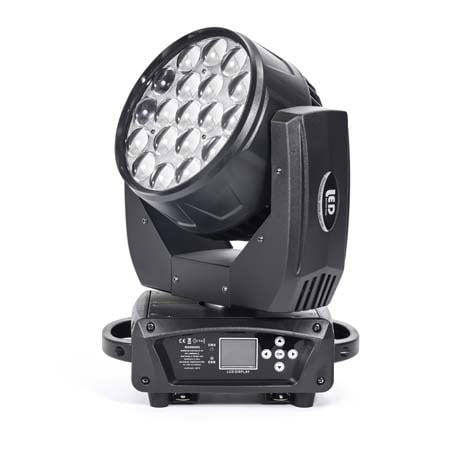





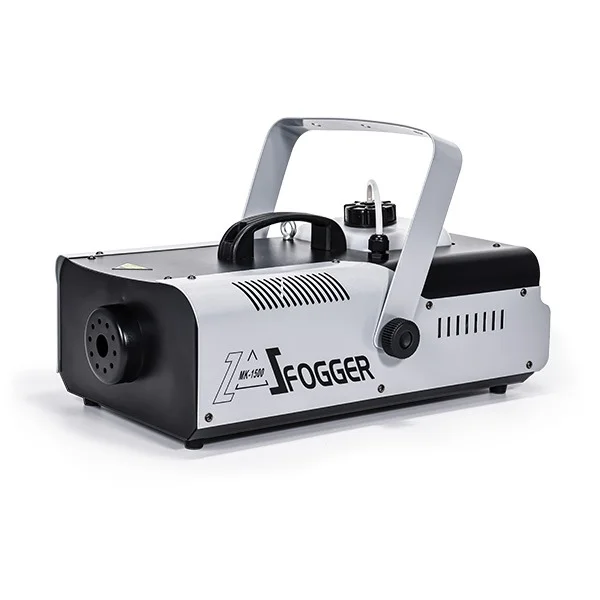
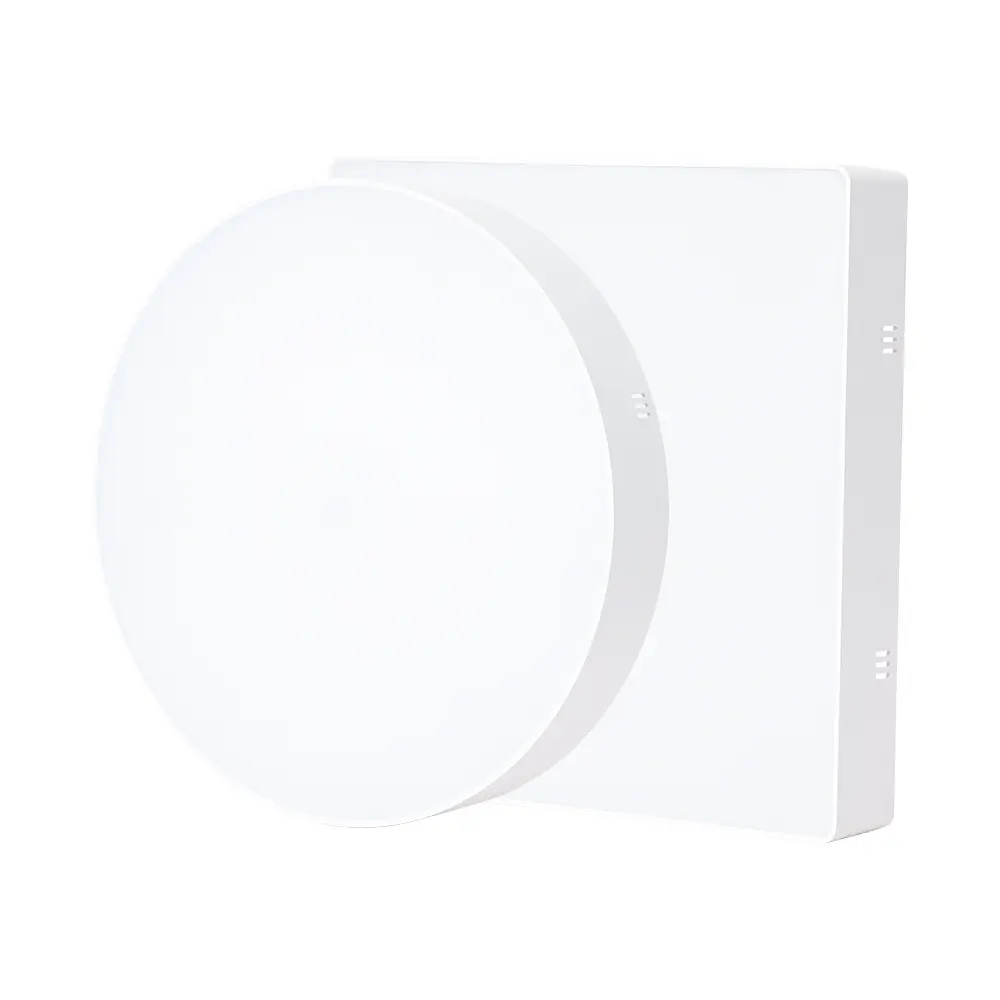

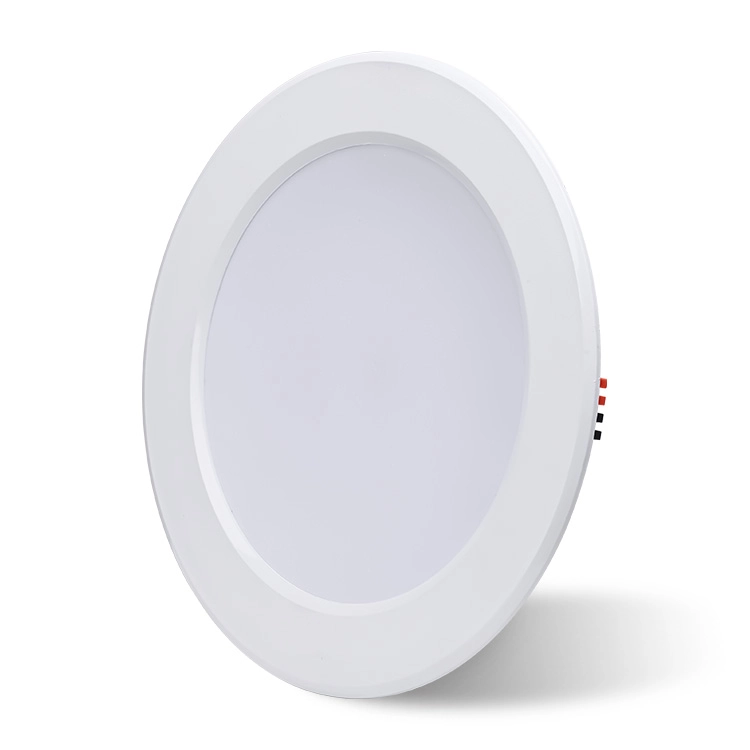
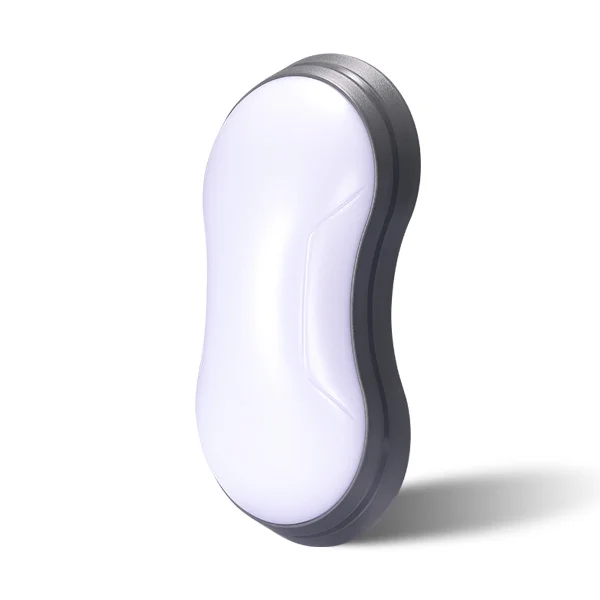

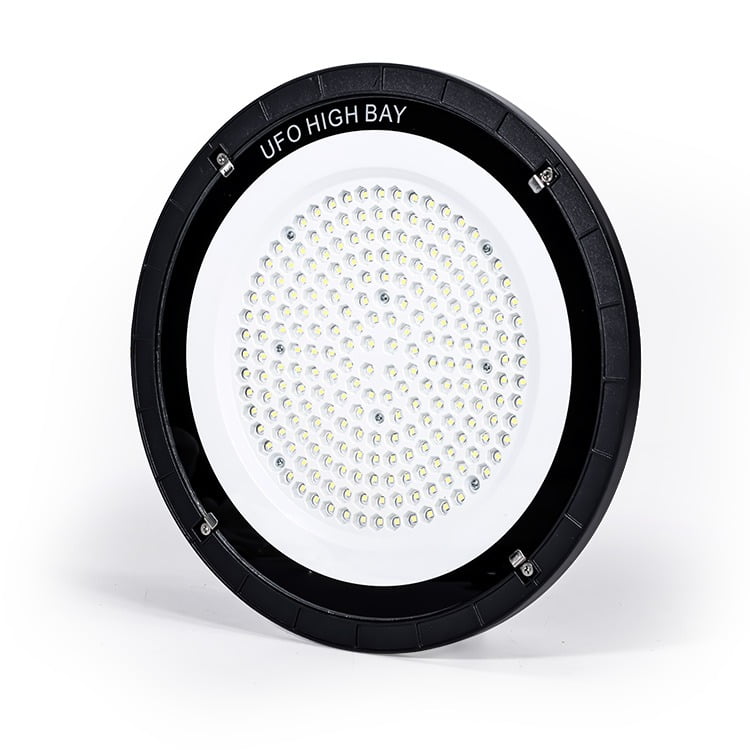
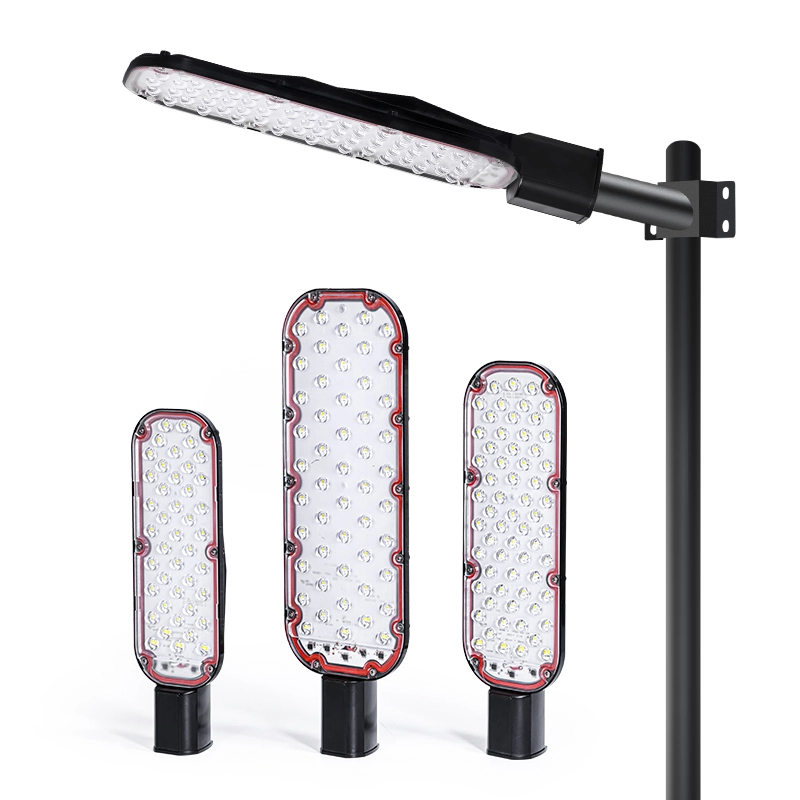

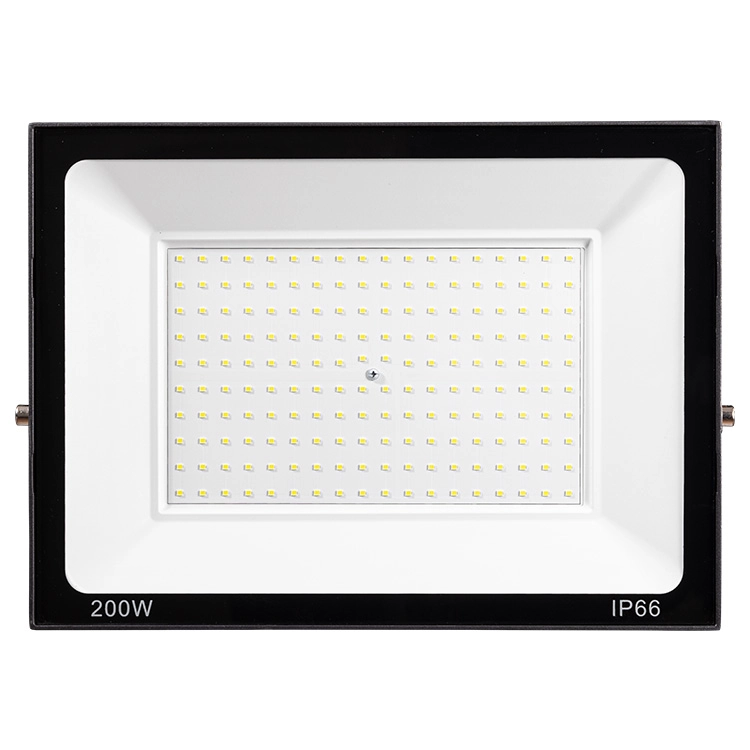
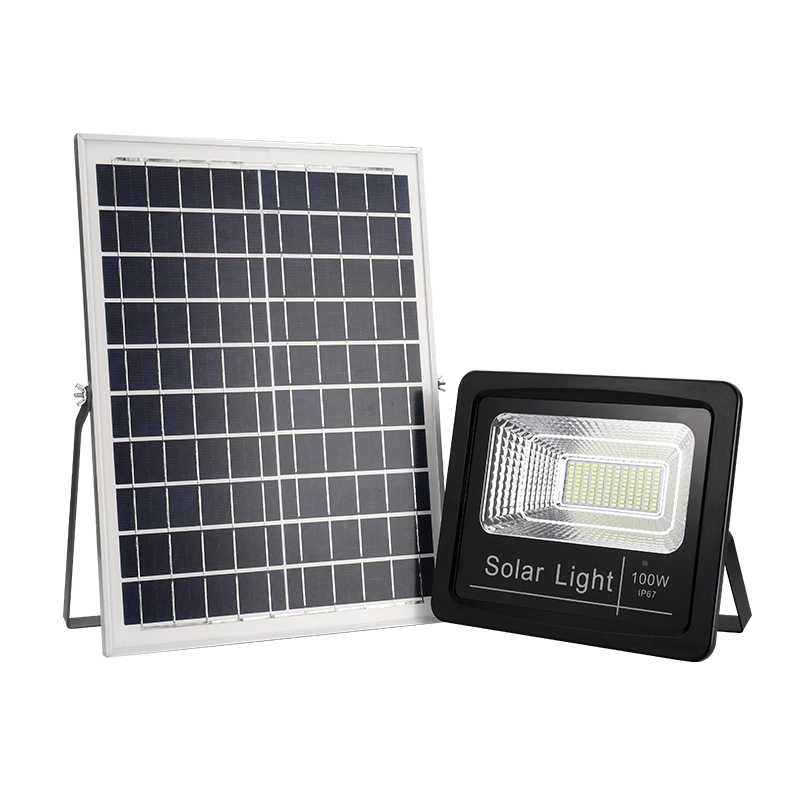
![led design ideas - 17 LED Design Ideas to Transform Your Home [February 2025] - Vorlane led design ideas - 17 LED Design Ideas to Transform Your Home [February 2025] - Vorlane](https://vorlane.com/wp-content/uploads/2025/01/led-design-ideas.webp)
![outdoor lighting ideas - 20 Brilliant Outdoor Lighting Ideas: Transform Yard [2025] - Vorlane outdoor lighting ideas - 20 Brilliant Outdoor Lighting Ideas: Transform Yard [2025] - Vorlane](https://vorlane.com/wp-content/uploads/2025/02/outdoor-lighting-ideas.jpg)
![disadvantages of led lights - Disadvantages of LED Lighting: Reveal Cost, Real Risk [2025] - Vorlane disadvantages of led lights - Disadvantages of LED Lighting: Reveal Cost, Real Risk [2025] - Vorlane](https://vorlane.com/wp-content/uploads/2025/01/disadvantages-of-led-lights.webp)
![Best LED Lights for Home - Best LED Lights for Home: Top Choices [2025] - Vorlane Best LED Lights for Home - Best LED Lights for Home: Top Choices [2025] - Vorlane](https://vorlane.com/wp-content/uploads/2025/01/Best-LED-Lights-for-Home.webp)
![beam angle calculator - Beam Angle Calculator – Simplify Lighting Calculations [2025] - Vorlane beam angle calculator - Beam Angle Calculator – Simplify Lighting Calculations [2025] - Vorlane](https://vorlane.com/wp-content/uploads/2025/01/beam-angle-calculator.webp)
![COB Light vs Panel Light - COB Light vs Panel Light: Understanding the Differences [2025 ] - Vorlane COB Light vs Panel Light - COB Light vs Panel Light: Understanding the Differences [2025 ] - Vorlane](https://vorlane.com/wp-content/uploads/2025/01/COB-Light-vs-Panel-Light.jpg)

